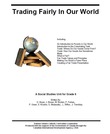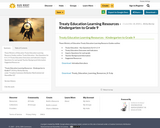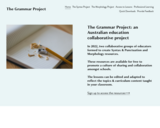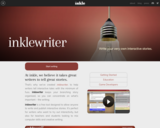
Tomatosphere™ offers an excellent opportunity to have your students think and act like scientists as they practice their inquiry skills and develop understandings of the nature of science and the concept of a fair test.
In the spring, participating classrooms receive two packages of tomato seeds. One package contains seeds sent into space or treated in space-simulated conditions. The other contains untreated "control" seeds. Students plant the seeds and conduct experiments to explore the effects of the space environment on the germination of tomatoes. Through Tomatosphere™, students learn how to conduct a scientific experiment and compare the number of seeds that germinate for the two groups of seeds.
While completing the Tomatosphere™ program, students investigate how to supply space exploration missions with life-support requirements—food, water, oxygen and a way to consume the carbon dioxide exhaled by astronauts—while also discussing the many issues and research involved in space exploration.
Teachers can expand on the basic Tomatosphere™ Seed Investigation by connecting it to studies of plants, space, nutrition, math or the environment, depending on grade and curriculum.
- Subject:
- 21st Century Competencies
- Astronomy
- Earth Science
- Education
- Elementary Education
- English Language Arts
- Environmental Science
- Math
- Science
- Material Type:
- Activity/Lab
- Lesson
- Unit of Study
- Provider:
- Let's Talk Science
- Author:
- Let's Talk Science
- Date Added:
- 04/18/2023






